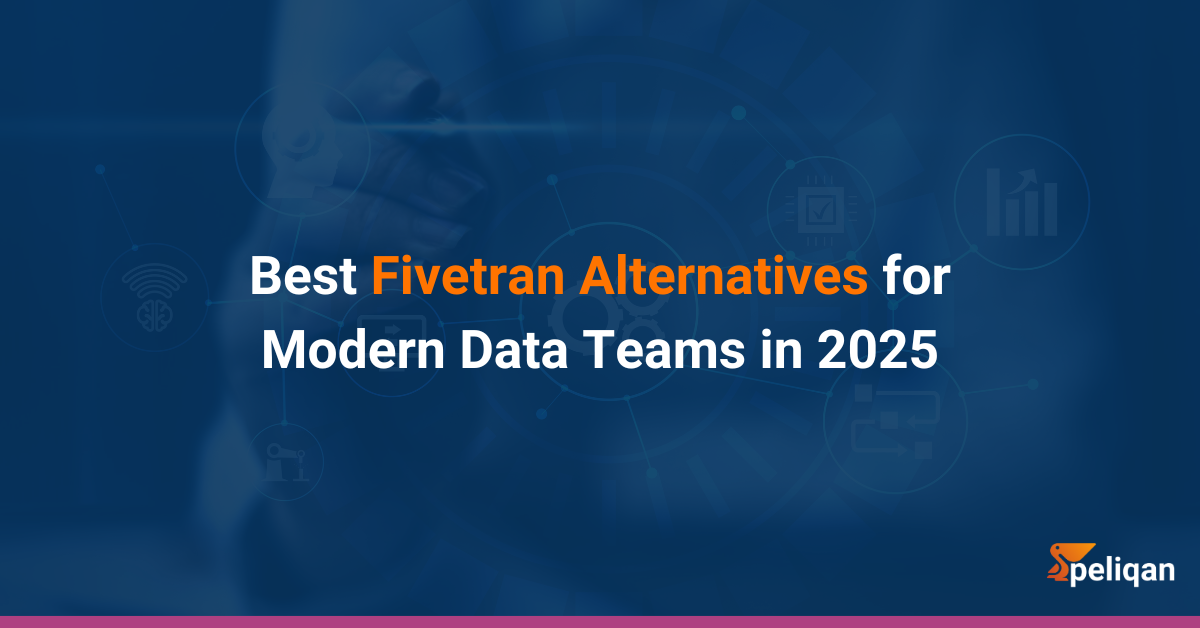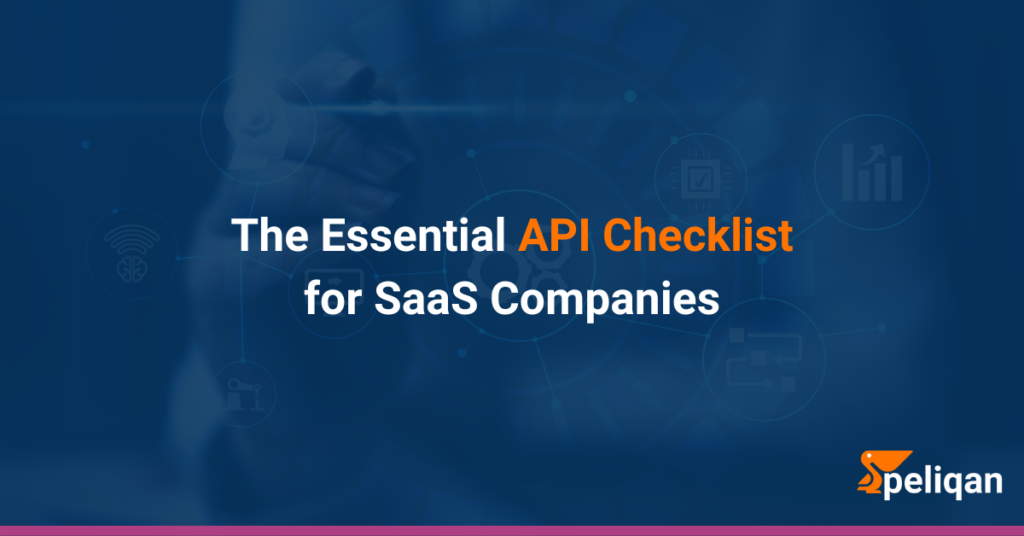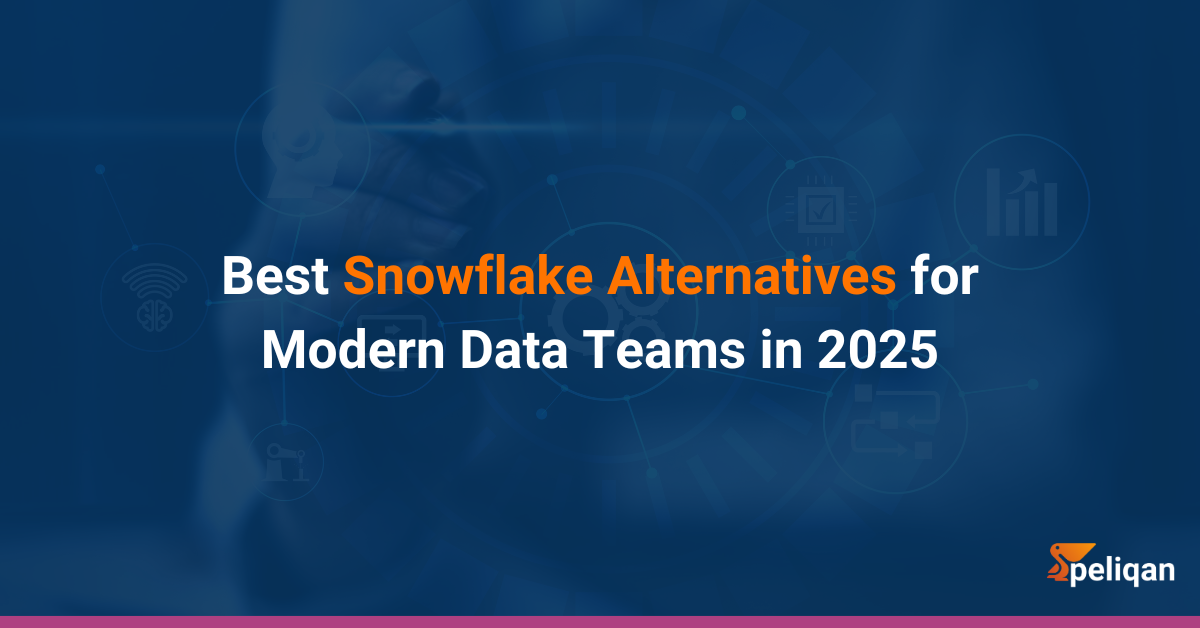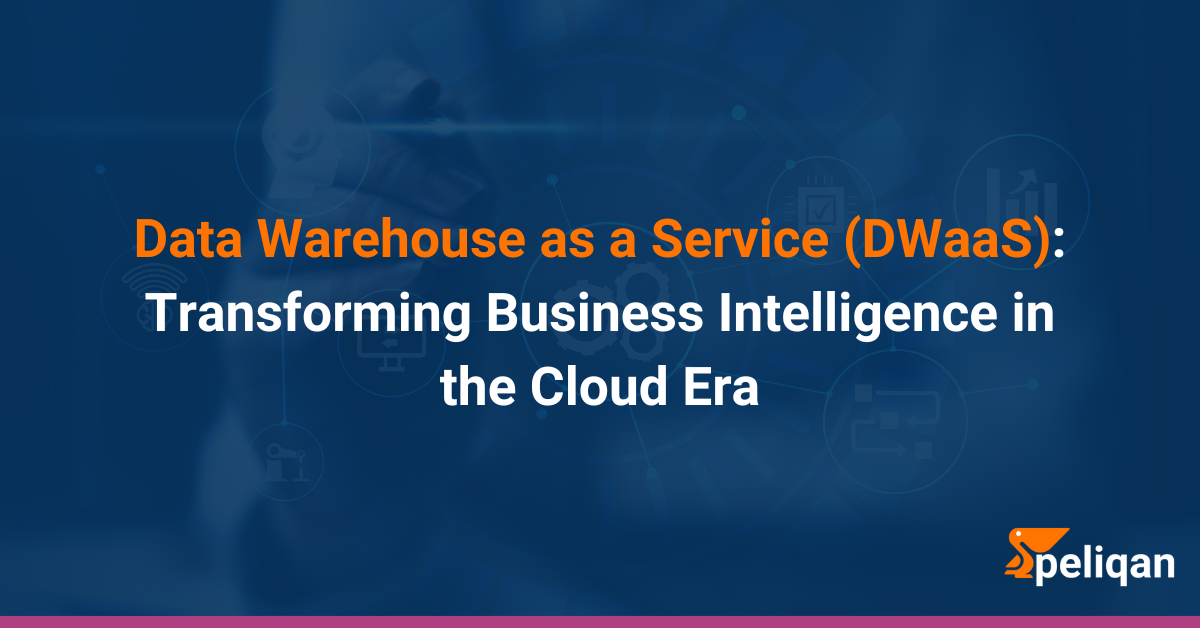SaaS API checklist
SaaS companies should prioritize an API-first strategy, as APIs serve as the foundation for integrations, ecosystems, and partnerships. Integrations are not just crucial for SaaS survival; they also unlock new use cases, reduce churn, and add value to your platform. While publishing an API is vital for SaaS growth, poorly designed APIs can harm your platform’s reputation.
Why a Good API is Crucial for SaaS Growth
-
- Boosts User Experience: Imagine switching between multiple applications to manually transfer data. Sounds painful, right? APIs eliminate this friction, offering a smooth and unified experience.
-
- Expands Functionality: By opening your platform to external integrations, you enable developers to build innovative solutions that extend your reach and add value to your users.
-
- Unlocks New Revenue Streams: APIs can power partner programs, data marketplaces, and other revenue-generating initiatives.
-
- Differentiates Your Platform: A well-designed, user-friendly API can be a key differentiator in a crowded market.
Several SaaS companies use Peliqan.io – a white-label data platform – to enhance their native integrations offering, a common question arises: “What makes a good API?”
Having worked with hundreds of APIs, Peliqan.io has compiled an API Checklist for SaaS companies. To ensure your API is on the right track, follow this comprehensive checklist with elaborated descriptions for each element
The Ultimate API checklist
Security:
-
- Use HTTPS and a signed SSL Certificate
-
- Use secure authentication
-
- A gateway to protect your API
Development:
-
- Add incremental endpoints
User Experience:
-
- Paginate results for easier data handling
-
- Get objects by other fields
Advanced:
This checklist outlines the key elements of a good SaaS API, helping you build an API that is secure, well-documented, and easy to use. Let’s dig deeper into each one of them.
Use HTTPS and a Signed SSL Certificate:
Ensure that your API endpoints use the secure HTTPS protocol to encrypt data during transmission. Use a trusted SSL certificate, signed by a recognized authority, as some clients may not allow calls to APIs with self-signed certificates. Tools like SSLChecker can help validate your certificate’s status.
Publish a RESTful API:
Choose to publish a RESTful API or a GraphQL API with JSON data format for ease of consumption. This modern approach simplifies data retrieval compared to older technologies like SOAP Web Services using XML. RESTful APIs are widely adopted, making them easier for developers to work with.
200 Correct Response Codes:
Ensure that your API returns accurate HTTP response codes. For instance, use 200 for a successful request and 401 for an unauthorized request. Misleading response codes can confuse clients, so it’s essential to provide clear and meaningful status codes.
Nice to Have: GraphQL:
Consider incorporating GraphQL, a query language for REST APIs. Unlike traditional REST APIs, GraphQL allows clients to request only the data they need, reducing the number of calls and data overhead. However, note that implementing GraphQL can be challenging due to the complexity of queries.
Implement Versioning:
As your API evolves, implement versioning to avoid breaking existing integrations. Each version should have a unique URL (e.g., https://api.domain.com/v1.0/). Alternatively, use header parameters to specify the desired version, ensuring backward compatibility.
Use Secure Authentication:
Choose from secure authentication methods such as OAuth2, JWT web tokens, or API tokens. Discourage basic authentication with login and password, as it poses security risks. Adopting robust authentication mechanisms is crucial for protecting user data and ensuring secure API access.
Document Your API:
Thoroughly document your API using tools like Swagger, Postman, Apiary, or Readme. Include details on authentication, base URLs for different environments, general concepts, and endpoints. Provide examples in various programming languages for clarity.
Paginate Results for Easier Handling:
Implement paging mechanisms to handle large datasets efficiently. Options include cursor-based approaches or using parameters like limit and page. This ensures that clients can navigate through data in manageable chunks.
Add Timestamps:
Include “timestamp created” and “timestamp last update” for each record. These timestamps, often in the form of epoch Unix timestamps, help track when records were created or last updated. This is especially crucial for incremental data retrieval scenarios.
Enable Side-loading:
Allow side-loading to retrieve related objects in a single API request. For example, when querying a list of customers, include details about their orders within the same request. Side-loading minimizes the number of API calls, optimizing performance.
Error Handling:
Provide detailed and informative error messages when issues occur. A clear understanding of errors aids developers in identifying and resolving problems efficiently. A generic 500 response without explanation can lead to frustration and hinder debugging efforts.
Include Metadata:
Enable the retrieval of metadata through the API. This feature proves valuable for various integration use cases, such as listing object types, custom fields and custom object types. Metadata requests enhance the flexibility of data interactions.
Test Your API:
Use tools like Postman to perform comprehensive testing of your API. This ensures that all endpoints function as intended and allows developers to experiment with different scenarios. Robust testing contributes to a stable and reliable API.
Publish CRUD Endpoints:
Provide CRUD (Create, Read, Update, Delete) endpoints for each object type in your API. These endpoints facilitate essential operations like listing, searching, getting, creating, updating, and deleting records. Consider read-only APIs if appropriate for your use case.
Get Objects by Other Fields:
Allow the retrieval of single objects based on unique properties other than the ID. For example, provide endpoints to get a contact by email or a company by VAT number. This flexibility enhances the usability of your API in diverse scenarios.
Add Incremental Endpoints:
Support endpoints for incremental data synchronization. These endpoints are crucial for retrieving new and/or updated records since a specific timestamp. Incremental endpoints facilitate scheduled integrations, processing new data in a controlled manner. An incremental endpoint takes a timestamp as input, and it will return only records that have been added or updated since the given timestamp.
Offer a Sandbox:
Provide a testing environment or sandbox for API users to conduct integration testing without affecting live data. This environment should mimic the production environment, allowing users to validate their integrations safely.
Offer Webhooks:
Enhance your API with webhook capabilities, enabling real-time event notifications. Allow users to configure outbound URLs, and enforce HTTPS for security. Implement features like retry mechanisms and respect rate limiting on the destination endpoint to optimize resource usage.
A Gateway to Protect Your API:
Implement an API gateway to enhance the security and manageability of your API. A gateway sits between your API and consumers, handling tasks such as logging, API usage monitoring, rate limiting, and caching. Examples include Amazon AWS API Gateway and 3Scale.
Set a Usage Limit:
Establish reasonable usage limits for your API to prevent misuse and maintain stability. Automated scripts or coding errors can lead to excessive API calls. Implement request and rate limiting mechanisms, specifying maximum calls per hour, day, or second to safeguard your API infrastructure.
Pro tip:
Are you still building your API? We recommend having a look at some of the platforms with great APIs – such as HubSpot or Eventbrite – to get an idea of how they implemented and documented their API.
By following this API checklist, you can build a secure, well-documented, and easy-to-use API that empowers your SaaS platform and fosters a thriving ecosystem around it.
Going the Extra Mile with Peliqan
Peliqan.io is a game-changer for SaaS companies. This powerful data platform empowers you to:
-
- Simplify native integrations: Build robust integrations with Peliqan’s intuitive tools and low-code environment.
-
- Centrally manage all your integrations: From configuration to monitoring, Peliqan provides a centralized hub for all your integration needs.
-
- Unlock new data opportunities: Leverage Peliqan’s advanced features to unlock valuable insights from your data.
-
- Reduce development time: Focus on core functionalities while Peliqan handles the integration heavy lifting.
-
- Improve data quality: Ensure consistency and accuracy across your data landscape.
-
- Scale seamlessly: Peliqan’s robust infrastructure can handle even the most demanding workloads.
-
- Publish APIs: Peliqan allows you to easily publish custom API endpoints for individual customers, e.g. as part of a Professional Services project.
Conclusion:
Investing in a well-designed API is not just about technology; it’s about building bridges. It’s about connecting your platform to a world of possibilities, empowering your users, and driving your SaaS business to new heights.
Remember, Peliqan.io is here to support you every step of the way, helping you build the perfect bridge to success. Let your API be the catalyst that takes your SaaS to the next level, propelling you towards a future filled with innovation, collaboration, and growth.

















